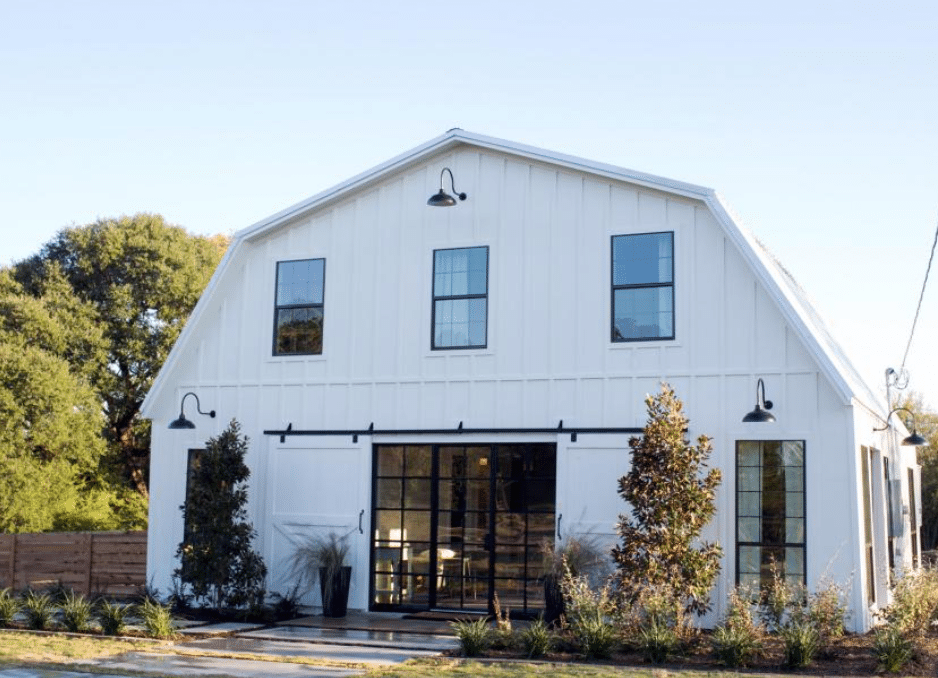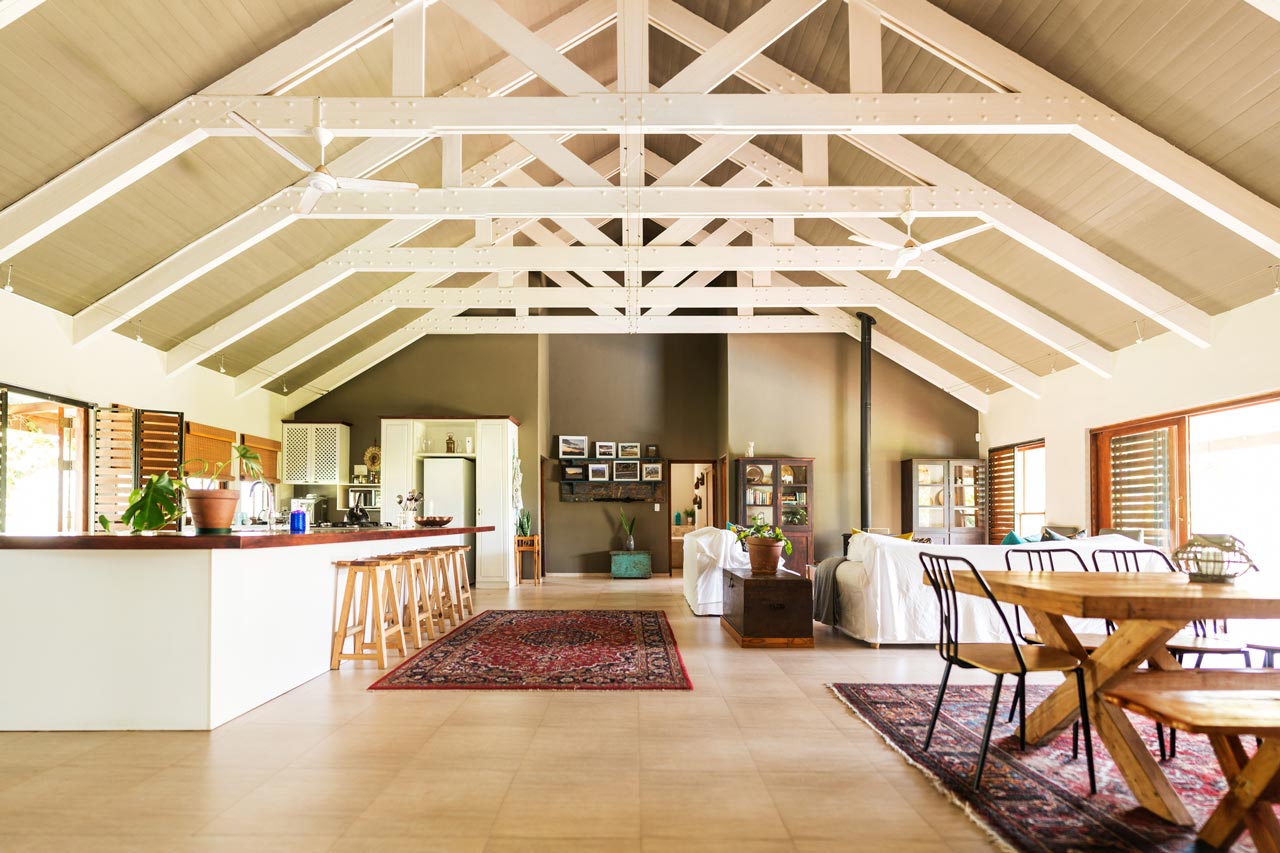Barndominiums Vs. Typical Homes: a Detailed Contrast of Lifestyle and Functionality
The choice between barndominiums and typical homes encompasses numerous variables, consisting of way of living preferences and functional requirements. Barndominiums are identified by their open formats and versatility, typically attracting those who focus on common living and flexibility. On the other hand, typical homes use a more organized setting, which may much better offer families looking for personal privacy and a sense of background. As we analyze the cost effects and environmental factors to consider, it ends up being clear that the choice expands past simple aesthetic appeals and functionality; it welcomes a deeper expedition of what really specifies a home.
Introduction of Barndominiums
Barndominiums, an unique housing pattern getting popularity across different regions, blend the rustic appeal of barn-style design with the performance of contemporary space. These unique frameworks typically contain a metal or timber structure, integrating open layout and high ceilings with energy-efficient attributes. Frequently located on large country properties, barndominiums offer homeowners the possibility to appreciate a tranquil way of life while supplying sufficient space for various tasks.
The adaptability of barndominiums prolongs beyond their visual allure; they can serve as both living quarters and functional rooms for leisure activities, workshops, and even local business. Their flexible style allows for very easy personalization, accommodating varied family demands and preferences. Many proprietors appreciate the reduced upkeep requirements related to metal siding and roof covering, adding to lasting longevity.

Attributes of Standard Houses
Emphasizing timeless design and convenience, conventional homes are identified by their unique building designs, which commonly mirror historical impacts and local appearances. Common attributes consist of symmetrical facades, gabled roofing systems, and a focus on craftsmanship, causing a warm and inviting atmosphere.
Standard homes commonly include aspects such as crown molding, wainscoting, and wood floor covering, boosting their classic appeal. They normally feature multiple rooms with specified purposes, advertising family interaction while enabling personal privacy. learn more. The design commonly includes formal living and dining locations, which contribute to enjoyable guests and organizing household gatherings
Exterior materials such as brick, wood, or stone are frequently used, adding to toughness and a sense of permanence. Barndominium repair. Additionally, lots of typical homes are developed with front decks or stoops, cultivating a sense of community and connection with the area
Landscaping plays a considerable function in typical home style, with well-kept gardens and paths that boost visual charm - view now. Overall, traditional homes embody a feeling of nostalgia and stability, interesting those that value heritage and a more organized living atmosphere
Cost Comparison
Typically, a price contrast between barndominiums and conventional homes reveals substantial distinctions in building costs and overall financial investment. Barndominiums, commonly constructed from metal or steel frameworks, commonly sustain lower material and labor prices than standard homes built from timber and brick. The simplified layout of barndominiums can equate to decreased building and construction times, additionally reducing labor prices and accelerating occupancy.
On standard, the expense per square foot for a barndominium ranges from $100 to $150, while typical homes can vary extensively, normally falling in between $150 and $300 per square foot, depending upon area, materials, and layout complexity. This cost variation makes barndominiums an attractive choice for budget-conscious buyers looking for larger living areas without sacrificing high quality.
Additionally, barndominiums might lead to long-lasting financial savings with reduced maintenance expenses, power effectiveness, and insurance policy rates. Their durable building and construction products commonly need less upkeep with time contrasted to standard homes. Nevertheless, it is important to consider that while initial expenses might be reduced for barndominiums, the final investment will certainly additionally depend on private modification and desired facilities, which can affect the total expense in both housing types.
Way Of Life and Area Factors To Consider
When taking into consideration way of living and room, barndominiums offer a distinct versatility that charms to a range of house owners. These hybrid frameworks integrate property coping with useful room, often featuring open layout that can be adapted to fit specific requirements. This versatility is especially beneficial for family members or people seeking a tailored living atmosphere, allowing for varied usages such as office, workshops, or entertainment locations.

In addition, the aesthetic appeal of barndominiums can deal with both rustic and contemporary preferences, making them a versatile option for various style preferences (Barndominium builder). Ultimately, the option in between a barndominium and a standard home frequently rests on how well each choice aligns with the house owner's lifestyle ambitions and spatial needs, highlighting the significance of taking into consideration personal concerns in the decision-making procedure
Environmental Effect and Sustainability
The ecological impact and sustainability of barndominiums existing engaging advantages compared to standard homes. Primarily built from steel and various other durable products, barndominiums are commonly constructed using recycled resources, minimizing the need for new materials and lessening waste. Their layout generally highlights open areas, which can bring about reduced energy consumption for cooling and heating contrasted to typical homes with more segmented layouts.
Furthermore, barndominiums can integrate lasting attributes such as photovoltaic panels, rain harvesting systems, and progressed insulation techniques, enhancing their energy efficiency. The flexibility of their style enables house owners to incorporate these innovations extra flawlessly than in several typical homes, which might call for extensive retrofitting.
Additionally, barndominiums often require less sources for building and construction as a result of their less complex, a lot more effective designs. This not just reduces the carbon footprint related to building but additionally adds to a much more lasting lifestyle. In contrast, standard homes may involve higher degrees of power expenditure and resource make use of throughout their lifecycle, from building to maintenance. Overall, barndominiums stand for a forward-thinking strategy to lasting living, aligning with modern ecological concerns.
Verdict
In summary, the option in between barndominiums and traditional homes rests on individual way of living choices and functional needs. Barndominiums, with their open designs and sustainable products, cater to those seeking adaptability and common living. On the other hand, conventional homes offer specified spaces that boost privacy and copyright historic visual appeals. Each option provides unique benefits, necessitating mindful consideration of one's worths and needs when establishing the most ideal living atmosphere.